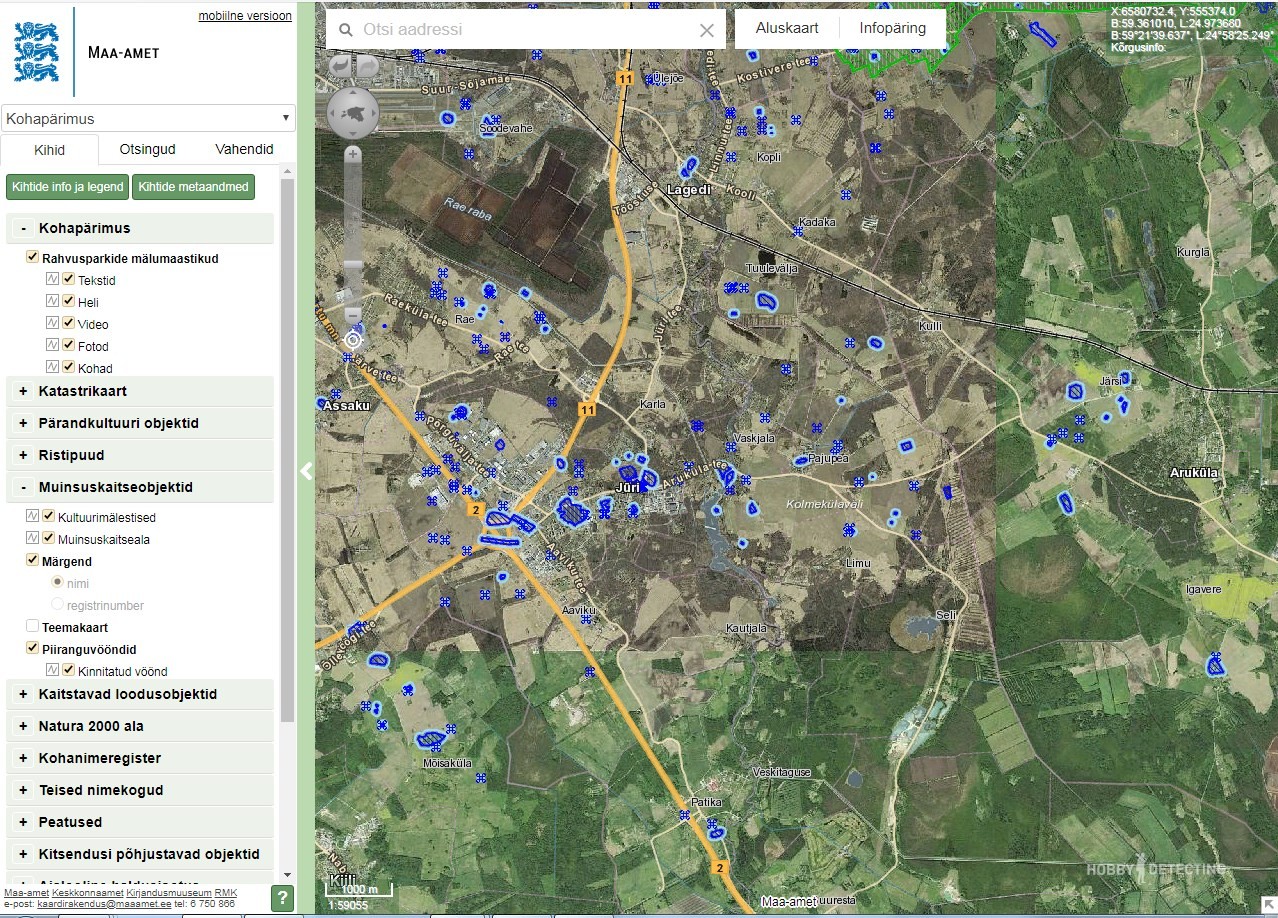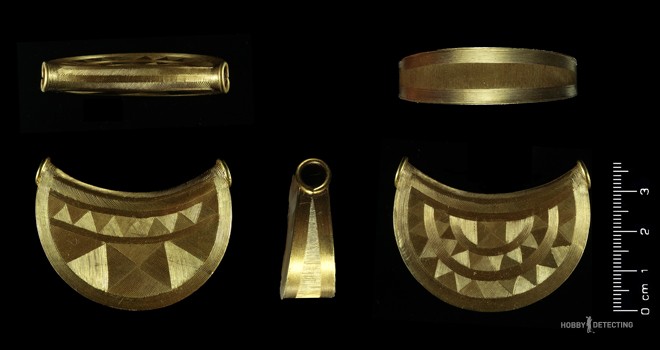How can you avoid accidentally getting into an archaeological site and getting a criminal sentence for it?
Good mood to you, dear readers of our blog. In this note, we will examine one of the most popular questions in the comments under notes on legal topics in the field of instrument search. How and where can I find information about territories where instrumental search is strictly prohibited? Where the very appearance of a person with a shovel is automatically punishable by the criminal code of the Russian Federation.
The overwhelming number of readers of our blog are law-abiding citizens. And in the fields, the diggers that I meet are, for the most part, adequate people. Therefore, archaeological objects are the lot of professional archaeologists, and if someone thinks otherwise, then this someone simply did not communicate about science with real archaeologists.
How did the legalization of instrumental search begin in Britain, Estonia, and now in Germany? Since information about the boundaries of protected zones of archaeological sites was publicly available on local cartographic services. We are interested in the experience of Estonia, where an interactive map of protected areas, not only archaeological sites, but also environmental zones, was created in just three years. The map was posted on the website of the Ministry of Property and now any licensed digger in Estonia, before going on a dig, clearly knows where it is and where it is strictly forbidden to appear with a metal detector and a shovel. On the same map, Estonian detectorists can find the phone number or email address of the owner of the land plot and obtain permission or refusal in advance to dig on private property.

How are things going here??? Unfortunately, we have nothing like this in Russia. There is nothing even close to this. There is a certain map of protected objects on the official website of the Ministry of Culture. The map is absolutely inadequate in terms of interactivity and correspondence of information to the real position of objects. This map shows only registered cultural heritage sites (RCHs). Therefore, information about archaeological sites can appear on this map only if the archaeological site is registered as OKN.
Identified objects of archaeological heritage. These are the most dangerous places and territories for lovers of instrument search. These are territories that are not marked anywhere, and you will not find information about them in any registers. What does it look like? Archaeologists carried out archaeological work on the site and identified an archaeological site. Then they submitted documents to the State Inspectorate stating that they had identified an archaeological heritage object (OAN). After that, painstaking work begins on collecting the necessary documents and writing scientific papers to give the status of an AHR to the identified archaeological object. According to the current legislation, an identified but not yet registered OKN has exactly the same security restrictions as a registered OKN.

Digital map on the website of the Ministry of Culture of the Russian Federation
Where is the dog buried? The fact is that the law establishes detection deadlines only for OKN. According to the law, from the moment of submitting documents on the identified OKN, the commission must, within 90 working days, make a decision on whether to include the object in the register or to refuse to include it in the register. Whereas in relation to identified objects of archaeological heritage (OAN), there are NO clear deadlines for reviewing documents and making a decision. That is, an archaeological object can have the status of an identified object for years . At the same time, not to be listed anywhere and not to be included in more than one register. Whereas in fact, any excavation work in this area can be classified as a criminal offense .
Mess??? Definitely!!! Although… Not everything is so simple…
The position of archaeologists on the protection of archaeological sites . The fact is that hiding the location of identified archaeological objects until they are fully studied is a generally accepted world practice. For example, in Britain, for three years now, information about the location of the discovery of a unique gold pendant from the Bronze Age has not been disclosed. The swamp where the pendant was found has been studied by archaeologists for three years and is hiding the place as a military secret.

A similar practice has developed in our country since the times of the USSR. In the memoirs of almost all the leading archaeologists of the USSR one can find numerous stories about how local residents, in search of treasures, partially or completely destroyed archaeological sites. It went something like this. The appearance of archaeologists in any rural area is almost always an event in the sluggish life of the villagers. Therefore, the Russian land is full of rumors, and always, absolutely always, within a couple of weeks, rumors began to circulate in nearby villages. That archaeologists excavated and took away hundreds of kilograms of gold, diamonds and barrels of silver coins.
There are always plenty of people with a borderline mental state in the countryside, as well as in the city. Therefore, after the archaeologists left, treasure hunters began to visit the protected site at night en masse. Some with a shovel, some with a wife, and some on a collective farm tractor. So, the next year, archaeologists could only sadly contemplate the excavated and completely destroyed object.
I once read an interesting note about how one prominent Soviet archaeologist had a strict rule during excavations. Never, under any circumstances, say the word “gold”. Even if no one found this gold or there is no one outside the camp. Therefore, in conversations the word “gold” was always replaced by the word “dung”.

Churches and other ruins with OKN status. Another type of land protection that diggers do not pay attention to. This is especially true for those diggers who like to walk around abandoned churches or other ancient buildings with a metal detector. There is a real example of a criminal case with a two-year suspended sentence for a digger for digging near a destroyed church. It turned out that this church is a cultural heritage site. According to the law, if the boundaries of the OKN are not established, then the protection zone of the monument is calculated at three hundred meters from the wall of the object.
So, for those who like to walk with MD near abandoned churches, I strongly recommend that before traveling to the area, check whether this church is registered in the Mikult of the Russian Federation as a cultural heritage object (OCH).
These are the recommendations. The topic discussed turned out to be a little more than I expected. Therefore, if you are interested, write in the comments, I will definitely give explanations on incomprehensible or poorly disclosed nuances.
